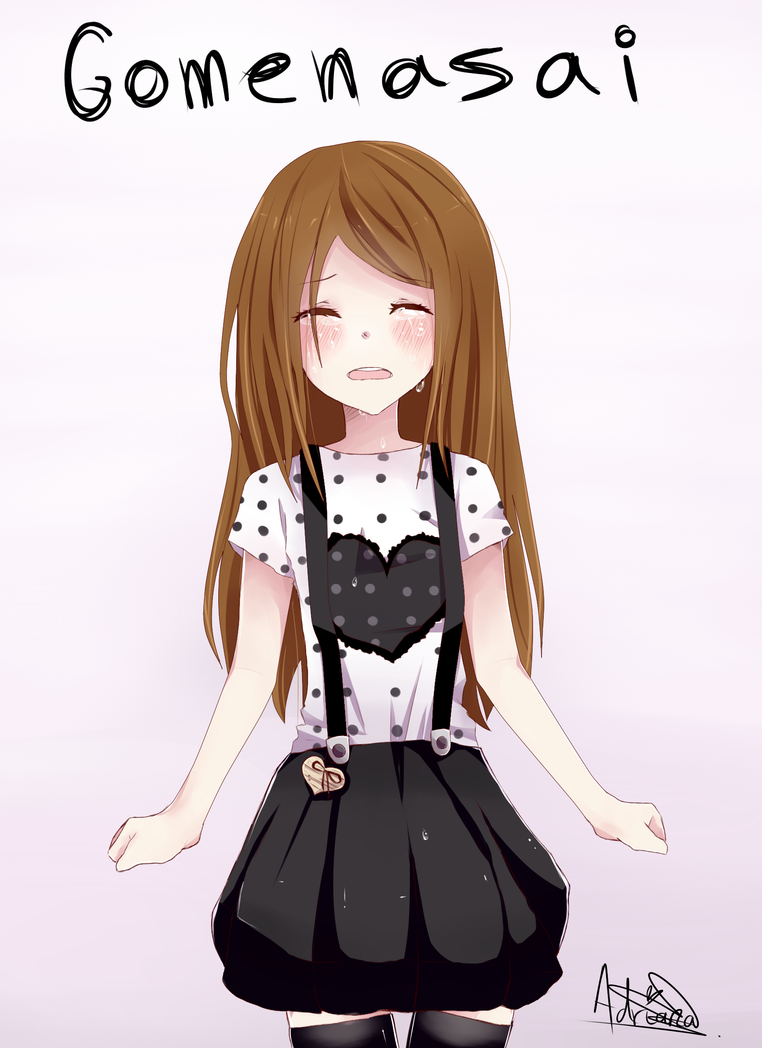
GOMENASAI by CatHeart on DeviantArt
7. 謝罪いたします (shazai itashimasu): I apologize. More commonly used in written form rather than speech, you should reserve this way of saying "I'm sorry" in Japanese for written statements in emails or letters to work, school or other formal recipients. It's also quite a sincere apology.

Apasih bedanya Sumimasen dan Gomennasai? YouTube
Sebelumnya Kepo Jepang pernah membahas tentang sumimasen yang salah satu maknanya sama dengan gomennasai, yaitu ungkapan yang digunakan untuk "memohon maaf". Gomennasai sendiri merupakan ungkapan kata maaf yang paling umum digunakan. Jika dibandingkan dengan sumimasen yang bernuansa sopan dan hormat, dalam ungkapan gomennasai ada kesan.
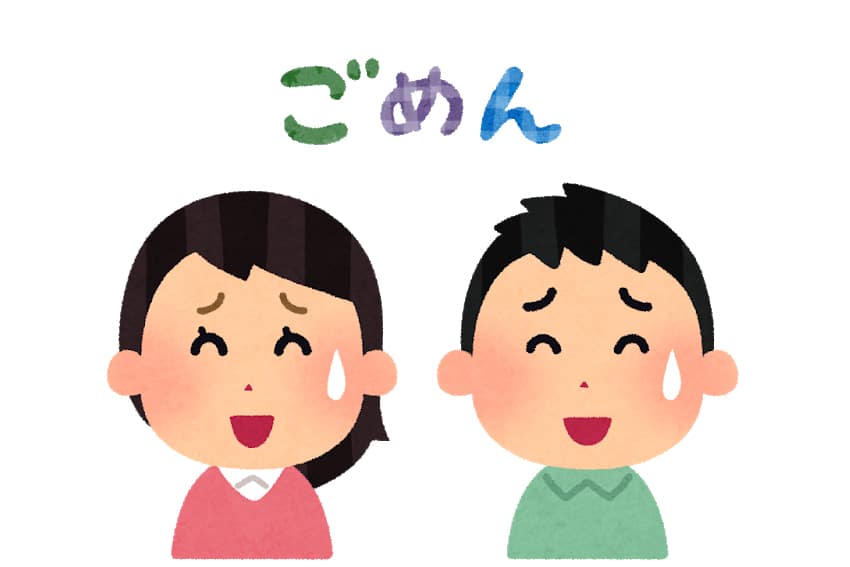
How to Use Gomennasai When You Apologize in Japan
In Japanese Gomennasai mean 'sorry'. When it comes to saying sorry in Japanese there are many ways to say them actually. The politest of the lot is mou shiwake arimasen which is pretty much on the level of begging for forgiveness as this translates into "unexcusable". You use this in formal setting when you have made a momentous mistake.

Gomenasai An Insight into a Japanese Apology YABAI The Modern, Vibrant Face of Japan
Both すみません and ごめんなさい mean sorry. However, there is a slight difference: ごめんなさい is an apologetic sorry. It's used when you've clearly done something WRONG, and is a very straightforward, "I'm sorry".

Gomenasai by PotentialSuccess on DeviantArt
The term "Gomenasai" is commonly used and signifies a sincere apology. However, the cultural connotations go beyond words. Non-verbal cues, such as bowing and maintaining eye contact, are equally important. Timing, context, and the level of formality also play crucial roles in conveying sincerity.

Gomenasai An Insight into a Japanese Apology YABAI The Modern, Vibrant Face of Japan
Gomen nasai (ごめんなさい, "I am sorry") is an informal Japanese-language apology, less polite than the standard "sumimasen".It can also be shortened to gomen ne (ごめんね) or gomen (ごめん).. Film and TV. Ring of Curse, 2011 Japanese horror film, originally released as Gomen Nasai in Japan; Music "Gomen-nasai" (song), 1951 song with music by Raymond Hattor

Gomenasai YouTube
Gomen (ごめん) - Sorry…. Just like when you use say "sorry" in English, this is a shorter version. Depending on the way you say it, it would sound like, you might not actually mean it… (you know what I mean..) Honto ni gomen ne (本当にごめんね。. ほんとうに ごめんね。. ) - I am really sorry. "Really" is.
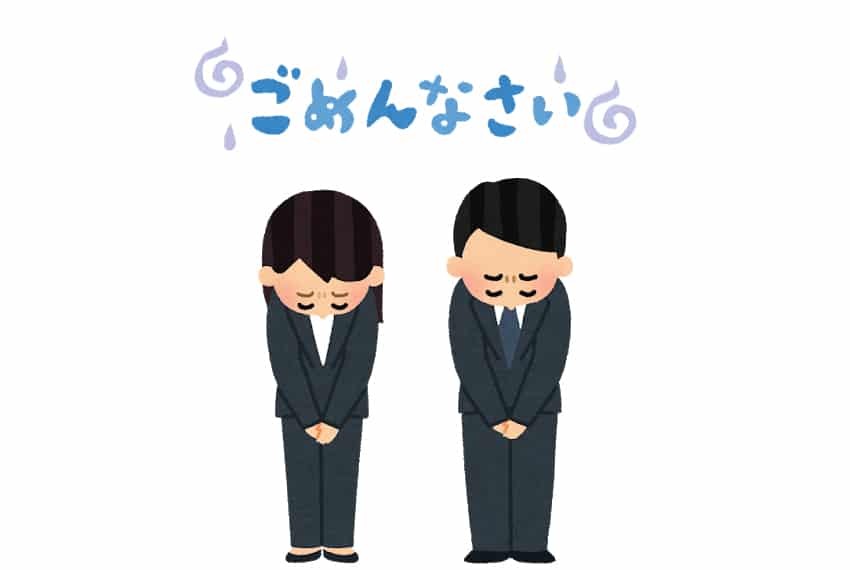
Cómo usar el gomenasai cuando te disculpas en Japón Arquidia Mantina
English Meaning (s) for 御免なさい. expression. I'm sorry; my apologies; excuse me; pardon me. Add to .

Gomenasai by OpSayu on DeviantArt
Artikel yang menjelaskan pengertian dari sebuah istilah. Secara bahasa, kata gomenasai jika diterjemahkan ke dalam bahasa Indonesia artinya "maaf". Berikut ini informasi lengkap yang dirangkum dari berbagai sumber tentang arti gomenasai dan cara meminta maaf dalam bahasa Jepang. Apa Arti.

Gomenasai... by AlieReol on DeviantArt
Gomenasai (ごめんなさい) So Gomenasai, also spelled Gomennasai, is used to say Gomen or "Sorry" politely. Children often use this phrase when they have behaved badly. For example, 窓を割って ごめんなさい (Pronunciation) translates to English as " I'm sorry for breaking the window". Here, the kid is asking for forgiveness.

Gomenasai by Greenapple618 on DeviantArt
Arti Gomen, Gomenne, Gomenasai dan Penjelasan Waktu Penggunaannya yang Tepat, Ucapan Permintaan Maaf Bahasa Jepang merupakan salah satu bahasa asing yang semakin banyak digunakan oleh masyarakat Indonesia selain Bahasa Inggris dan Bahasa Korea. Jumat, 27 November 2020 15:41 WIB.

How to Pronounce Gomenasai YouTube
The word gomennasai is considered the dictionary form that means "I'm sorry," and can be used as a formal apology . However, the shortened word, gomen (ごめん), is also heard frequently in daily life. Children and young people use this abbreviation as a colloquial way to ask for forgiveness. People also use it when they are in a hurry.

Gomenasaitejina Senpai Bocetos anime, Arte de anime, Chica anime
This is the standard way to say "sorry" in Japanese, and you can use it in most situations. ごめんなさい ( gomen nasai) is the polite way to say "I'm sorry," but you can make it more casual, too. Switching it to ごめん ( gomen, masculine) or ごめんね ( gomen ne, feminine) makes it more casual and lighthearted for minor.

Gomenasai YouTube
The definition and meanings of "gomennasai" are the same as those of the shortened version. Therefore, gomennasai - ごめんなさい : a phrase meaning 'sorry', 'I'm sorry', 'excuse me', or such in Japanese. This phrase can work in more or less the same way as the shortened version does. Like other longer phrases, however.
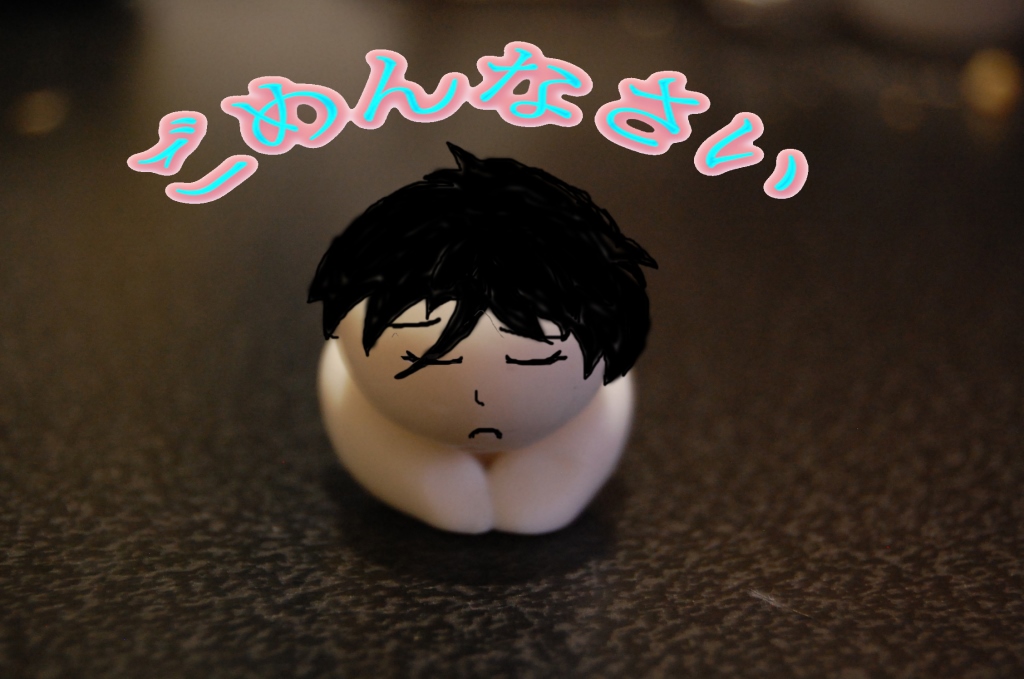
'Gomenasai' y las muchas formas de decir 'lo siento' en japonés
Gomennasai Versus Sumimasen in Japanese. Both "Gomennasai" and "Sumimasen" are used when you have made a mistake or inconvenienced someone. "Sumimasen" is also used when expressing a feeling of gratitude, but "Gomennasai" cannot be used in such situations. For the most part, it comes down to a matter of personal preference whether to use either.
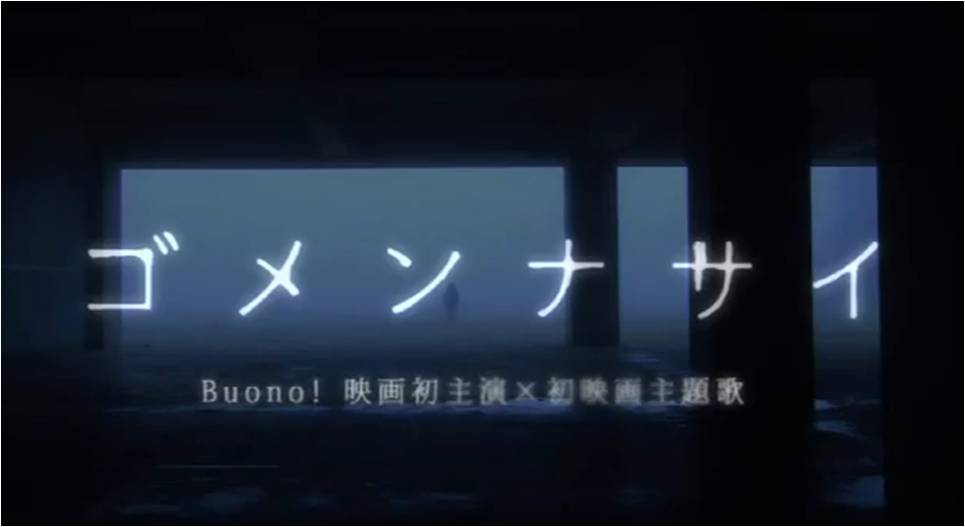
Buono! reveals the official trailer for their starring movie, "Gomenasai" tokyohive
Gomenasai in Kanji. It is well-known that gomennasai is used to express a very heartfelt apology. The most common way to write it is ( ごめんなさい ) which is in Hiragana, which is the syllabic system of writing for the Japanese. The thing about it is that there is no way for it to be written in kanji.